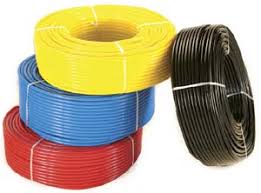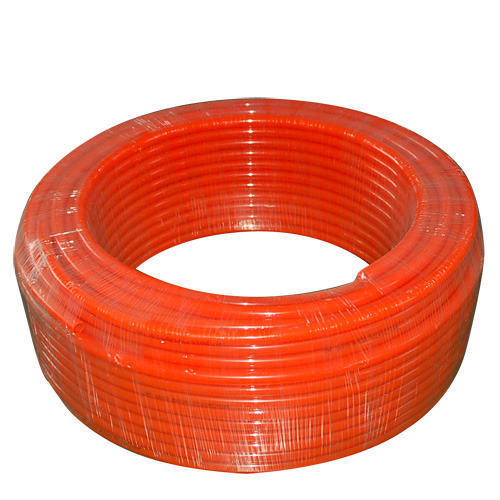


Aluminium Fittings
-
ALUMINIUM FITTINGS
.jpeg)
Aluminum Pipe Fittings are components used to connect pipes or tubes. They join two pieces of piping, allowing them to be rotated around their inside diameter and secured by tightening the appropriate fastener. They come in various sizes, shapes and materials, with aluminium being one of the most common due to its strength, lightweight nature and corrosion resistance. These features make it an ideal choice for those needing a durable yet affordable material for pipe fittings.
Properties of Aluminum Pipe Fittings
Aluminium pipe fittings are lightweight, corrosion-resistant and durable metal components commonly used to join two pipe or tube sections. They offer outstanding temperature resistance and strength, making them ideal for industrial applications and machinery construction. Additionally, aluminium pipe fittings have superior fire protection capabilities to other metals due to their strong anti-oxidant nature. In terms of cost, aluminium is generally more affordable than its counterparts, such as steel or copper, which makes it an economical option for many projects. Finally, aluminium pipe fittings are easily available in various sizes and shapes, allowing maximum flexibility when designing your product or installation.
Characteristics of Aluminum Pipe Fittings
Aluminium pipe fittings are popular due to their corrosion resistance, affordability, and lightweight nature. They can be used in many applications, such as plumbing, HVAC systems, air conditioning units, and industrial piping systems. Not only do they have excellent chemical resistance properties against water and other liquids, but they also provide insulation against sound and thermal radicalization. Additionally, aluminium pipe fittings feature high-temperature ranges (up to 500°F), making them great for use in environments with extreme temperatures, like aerospace industries or areas near the equator.
Applications of Aluminum Pipe Fittings
Aluminium pipe fittings can be used in a wide range of applications. In plumbing, aluminium joins pipes using solvent cement or threads. Many industries commonly use aluminum for irrigation and water service lines, gas pipe pipelines, refrigeration systems, and air-conditioning systems. Its lightweight nature makes it easier to handle than traditional metals like copper and steel. Moreover, aluminium is corrosion-resistant and has a longer lifespan than other materials.
Types of Aluminum Pipe Fittings
Aluminium pipe fittings are available in different types, like elbows, reducers, tees, couplings, caps, and flanges. Elbows are fittings that change the direction of the pipe by 45 or 90 degrees. Reducers or bushings are used to connect two pipes of different sizes, while tees are used to connect three pipes at right angles. Couplings are used to connect two pipes without changing their direction. Caps are used to close the pipe’s end, while flanges connect the piping system to pumps, valves, and other equipment.
Advantages of Aluminum Pipe Fittings
Aluminium pipe fittings offer advantages like easy installation, low weight, excellent thermal conductivity, high strength-to-weight ratio, and corrosion resistance. They have a low maintenance cost and can be recycled at the end of their life, making them a sustainable choice. Aluminium fittings are also highly customizable, offering a range of shapes, sizes, and finishes to fit specific applications.
Conclusion:
Aluminium pipe fittings have become popular for various applications, from residential plumbing to industrial oil and gas operations. They offer several unique properties, characteristics, and advantages, making them an ideal choice for these applications. We hope you found this blog post informative and useful in understanding the properties and applications of aluminium pipe fittings. In summary, aluminium pipe fittings offer an excellent combination of strength, lightness, and sustainability, making them an ideal choice for any project that requires a robust and reliable piping system.
Feedback Form x




